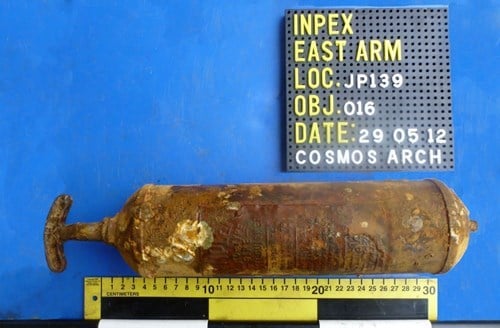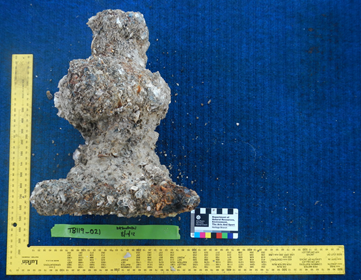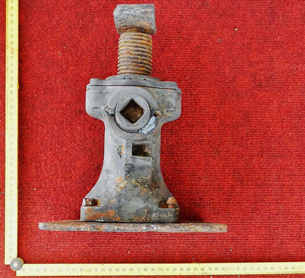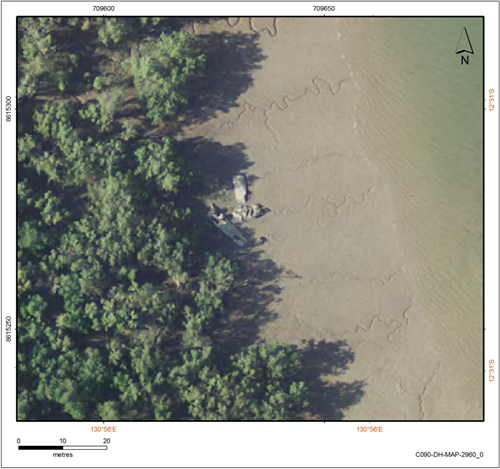
Monitoring the environment
Ichthys LNG undertakes a world-class environmental monitoring program to support its 40-year operations. Reports are made available to various external agencies and authorities including:
- Northern Territory Environment Protection Authority
- Commonwealth Department of the Environment and Energy.
Construction Phase Environmental Monitoring
Heritage Assessment
INPEX on behalf of the Ichthys LNG Joint Venture participants led one of Australia’s largest maritime archaeological campaigns in Darwin Harbour’s East Arm, between 2008 and 2014.
Capital Dredging
The Ichthys LNG Project dredging footprint was carefully designed to ensure the protection of a series of Aboriginal scared sites and world war two (WWII) historical wrecks located in close proximity. Cognisant of one of Australia’s largest WWII battlefields (bombed 64 times), INPEX undertook an extensive (>120,000 man hours) identification, relocation and cataloguing program for ~7000 artefacts unearthed across a 280 ha dredge footprint within the East Arm of Darwin Harbour, during a three year period. Chance finds procedures for potential heritage artefacts; routine monitoring of Catalina flying-boat wrecks and sophisticated early warning systems for navigating jumbo (> 200m) trailing suction hopper dredgers (TSHDs) in close proximity to protected heritage sites are examples of INPEX’s strong commitment to heritage management.
The selection of ‘state of the art’ dredging equipment and methodology was facilitated by INPEX adopting best practice principles from International dredging guidelines (PIANC 100) in consultation with Dredging Contractor, plume modelling consultant and a PIANC contributing author. To eliminate the risk of drilling and blasting, the most powerful cutter suction dredger in the world was selected; jumbo TSHDs were employed to reduce shipping traffic to the spoil ground and limited overflow settings were established to minimise plumes.
Cognisant of local government and community concerns related to the dredging program in Darwin Harbour, INPEX established an independent dredge expert panel to act as an advisory committee to State and Commonwealth governments and implemented an extensive community engagement and communications program. INPEX continues to contribute towards the sharing of Ichthys LNG Project knowledge, experience, challenges and successes with regulators, key stakeholder groups and the community. A summary of the Ichthys LNG dredging program is provided in the link below.
Nearshore Environmental Monitoring Program Summary Report
The Nearshore Environmental Monitoring Program was developed and implemented by CARDNO (now Stantec) to monitor potential effects of dredging and spoil disposal activities on the marine environment in Darwin Harbour, Northern Territory. A summary of findings from two years of marine environmental monitoring for dredging activities (2012 - 2014) can be found in the summary report - Darwin Harbour – A Summary of the Ichthys LNG Project Nearshore Environmental Monitoring Program.
Operations Environmental Monitoring Programs
Ichthys LNG undertakes a range of environmental monitoring programs to protect the environment.






